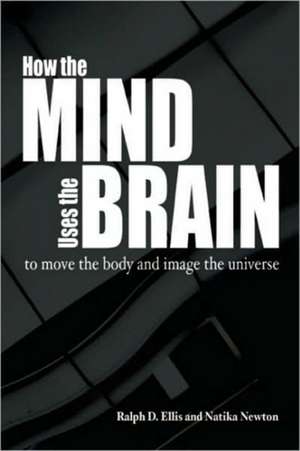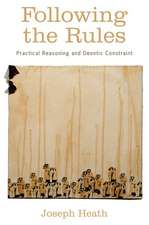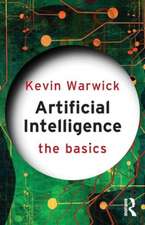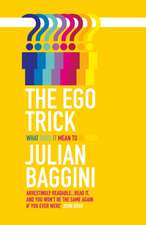How the Mind Uses the Brain: (To Move the Body and Image the Universe)
Autor Ralph D. Ellis, Natika Newtonen Limba Engleză Paperback – 30 apr 2010
Preț: 221.93 lei
Nou
Puncte Express: 333
Preț estimativ în valută:
42.47€ • 44.18$ • 35.06£
42.47€ • 44.18$ • 35.06£
Carte disponibilă
Livrare economică 22 martie-05 aprilie
Preluare comenzi: 021 569.72.76
Specificații
ISBN-13: 9780812696639
ISBN-10: 0812696638
Pagini: 267
Dimensiuni: 150 x 226 x 20 mm
Greutate: 0.41 kg
Editura: Open Court Publishing Company
ISBN-10: 0812696638
Pagini: 267
Dimensiuni: 150 x 226 x 20 mm
Greutate: 0.41 kg
Editura: Open Court Publishing Company
Descriere
The nature of consciousness and the relationship between the mind and brain have become the most hotly debated topics in philosophy. This book explains and argues for a new approach called enactivism. Enactivism maintains that consciousness and all subjective thoughts and feelings arise from an organism's attempts to use its environment in the service of purposeful action. The authors admit that their perspective presents many problems: How does one distinguish real action from reaction? Is it scientifically acceptable to say that the whole organism can use its parts, instead of being a mere summation of their separate mechanical reactions? What about the danger that this analysis will imply that physical systems fail to be "causally closed"? How the Mind Uses the Brain tries to answer these questions and represents a sharp break with tradition, arguing that consciousness and emotions are aspects of an organism's ongoing self-organizational activity, driving information-processing rather than merely responding to it.

















